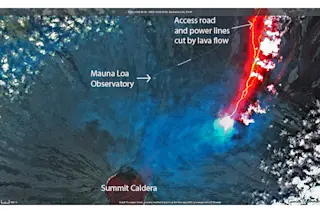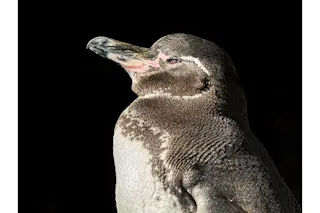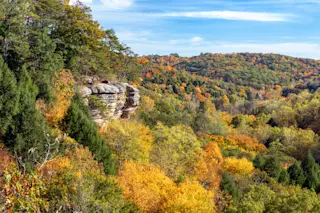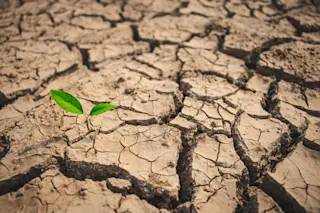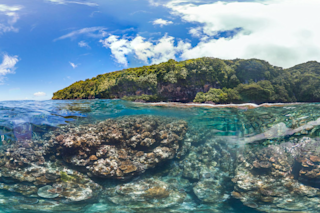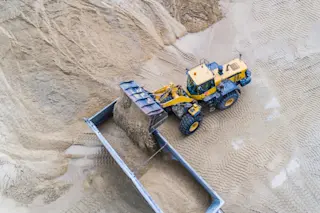(Credit: Gustav Gullstrand/Unsplash) Antarctica, a land of near-lunar desolation and conditions so bleak few plants or animals dare stay, was once covered with a blanket of lush greenery. The conception of the ice-coated continent as a forested Eden emerged in the early 1900s when Robert Falcon Scott, a British explorer, found plant fossils during an expedition to the South Pole. Now, researchers working in the Trans-Antarctic mountains, where they may be the first to tread for hundreds of millions of years, are digging deeper into the Antarctic's deep past. Their work is revealing that not only was Antarctica home to greenery, it was veritably cloaked in it.
University of Wisconsin-Milwaukee geologists Erik Gulbranson and John Isbell were part of a team that traveled to the remote mountain range during the Antarctic summer last year to search for evidence about the continent's more lively past. The mountains are one of the ...






